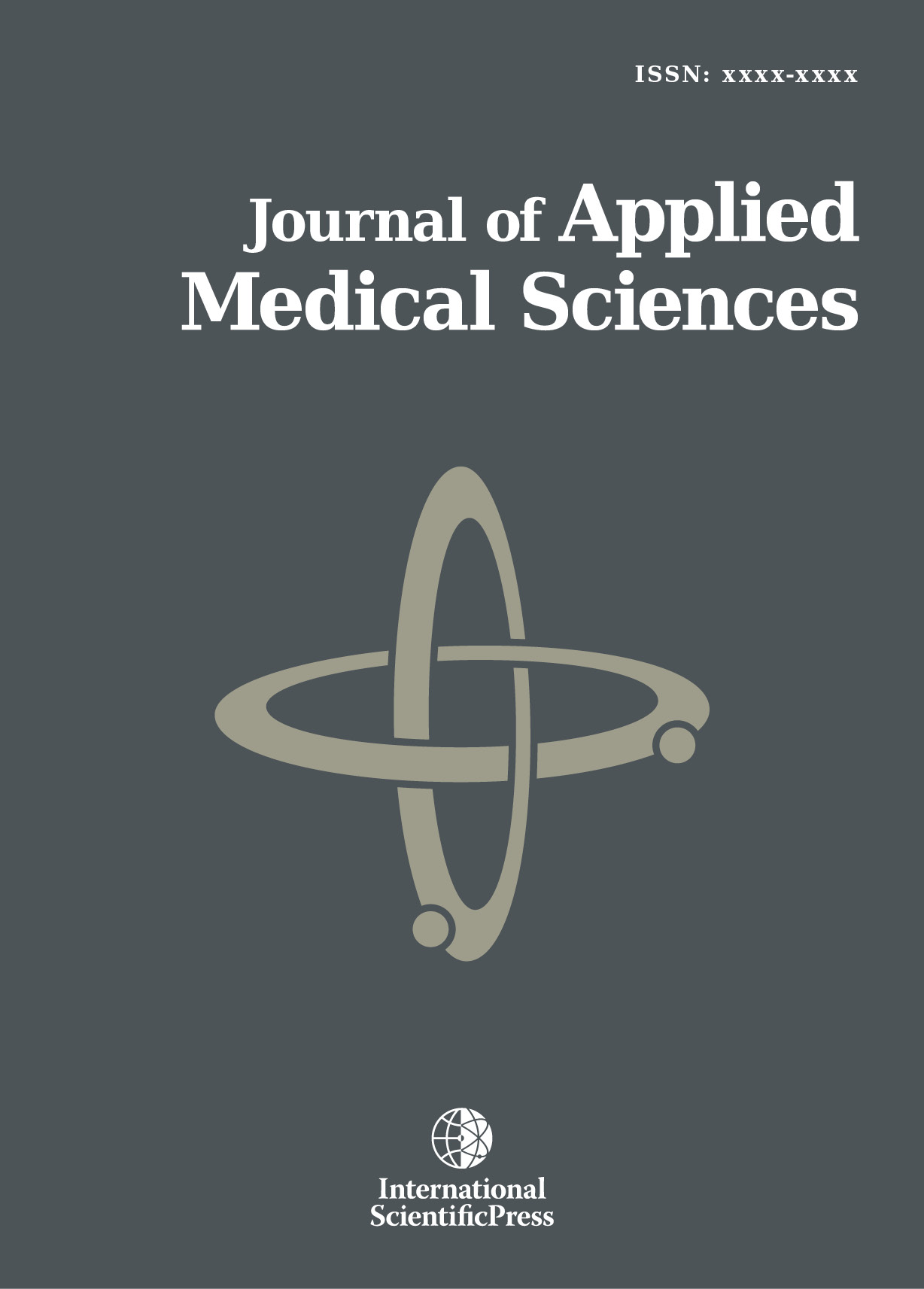Journal of Applied Medical Sciences
In Vivo Spectroscopic Study on the Effects of Ionising and Non-Ionising Radiation on Some Biophysical Properties of Rat Blood
-
 [ Download ]
[ Download ]
- Times downloaded: 10132
-
Abstract
The present study aimed to analyse the radiation risk associated with the exposure of haemoglobin (Hb) of rat red blood cells (rbcs) exposed to a 50-Hz 6-kV/m electric field, a fast neutron dose of 1 mSv, and mixed radiation from fast neutrons and an electric field distributed over a period of three weeks at a rate of 5 days/week and 8 hours/day. The dielectric measurements and the absorption spectra for the haemoglobin molecule in the frequency range of 1 kHz to 5 MHz were measured for all of the samples. The dielectric relaxation results demonstrated an increase in the dielectric increment (Äå) for the rbcs from all of the irradiated animals, which indicates an increase in the electric dipole. Moreover, the results revealed a decrease in the relaxation time (ô) and the molecular radius (r) of the irradiated molecules, which indicates that the increase in Äå is mainly due to a pronounced increase in the centre of mass of the charge on the electric dipole of the Hb molecule. The results from the absorption spectra indicate that the ratio of met-haemoglobin to oxy-haemoglobin is altered by irradiation. Moreover, the results from the delayed effect studies show that the structure and function of the newly generated Hb molecules are altered and dissimilar to that of healthy Hb.
